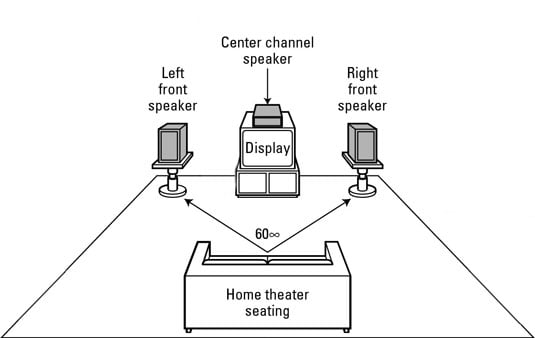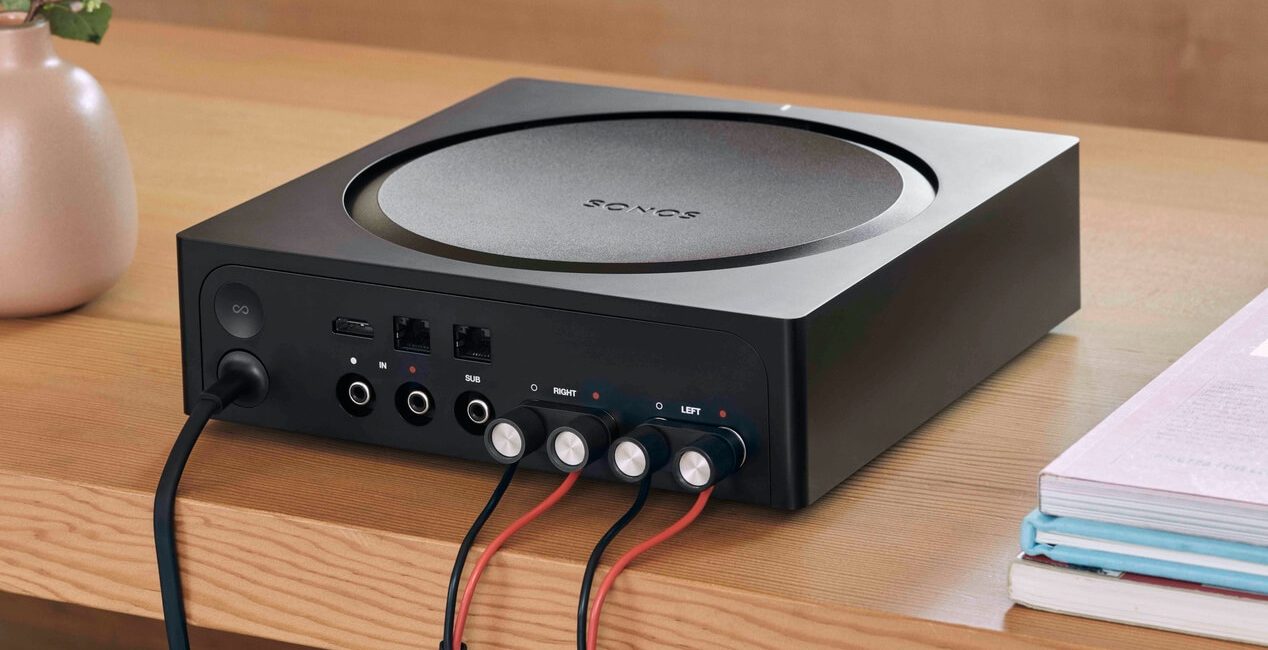
Music listened to in stereo sounds richer and more refined than it would through monophonic means. The benefits of stereo weren’t limited to the film industry, though. Where monophonic sound would blare out the speech of actors from a single speaker no matter where they were placed on screen, stereo had the capability of using sound to mimic the placement of the person on camera, bringing the video to life, creating a more realistic and immersive viewing experience. The story goes that Blumlein wanted to create an audio technology for cinema that ‘follows’ actors across the screen. There’s no doubt that stereo was a big step forward for audiophiles when it was invented by British engineer Alan Blumlein in the 1930s. From hi-fi’s to headphones, modern audio equipment uses stereo to reproduce music and other recorded content in a balanced and multi-faceted way. For years, stereo has been the most common method for audio playback. The limitations of monophonic sound eventually led to a revolution in the recording and reproduction of audio, from which stereo was born. With better options available, you’ll rarely come across a speaker that uses this kind of technology nowadays. With monophonic audio you miss out on this sonic complexity instead are forced to listen to every instrument through a simplified, single-channel mix.

With stereo, there can be a guitar part panned to left speaker, a keyboard melody panned to the right, and the lead singer panned to the centre (both speakers at once). To show what mono lacked, think about the importance of the different elements of a modern pop song.

This resulted, however, in your music lacking a rich, balanced, and true-to-life nature - one that stereo sound would later produce. This meant that the audio coming through each of your speakers were identical. Unlike stereo sound, which separates a recording into two separate channels (left and right), monophonic (or ‘mono’) sound only uses a single channel. Until the emergence of stereophonic sound in the later half of the 20th century, monophonic sound was the most common method for recording and listening to audio. To show the need to move on from stereo and embrace a new kind of audio technology, we’re outlining how music has been listened to through the decades, and looking ahead to a future where the limitations of stereo sound could be a thing of the past. How, then, should people go about moving on from stereo? Ultimately, evolving from stereo requires thinking differently about the way we experience music today – not as static listeners, but as socially active and mobile human beings. Stereo speakers have been the norm for decades however, the advancement of technology means that there are now better options for those who want the best possible audio quality in their home.


We often use it when talking about our speakers and hi-fi equipment - “turn up the stereo, would you?” Yet, the term actually derives specifically from the way the sound is produced: ‘stereo sound’, or ‘stereophonic sound’, describes a pair of speakers playing two separate audio channels, which combine to create the sounds of your favourite music. The word ‘stereo’ has become synonymous with home entertainment.


 0 kommentar(er)
0 kommentar(er)
